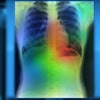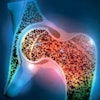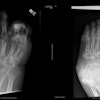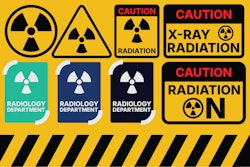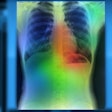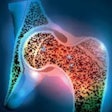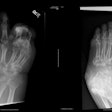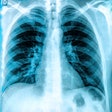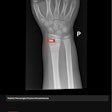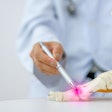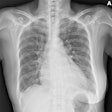Researchers have developed Australia's first set of local diagnostic reference levels (LDRLs) as a guide for monitoring radiation delivery in mammography units performing digital breast tomosynthesis (DBT).
In the country, DBT has been recommended over digital mammography in the diagnostic setting since 2010. Australia has official DRLs for CT scans, nuclear medicine, PET scans, and coronary angiography, but none, as yet, for mammography, according to the Australian Society for Medical Imaging and Radiation Therapy (ASMIRT).
“This research represents the first step towards diagnostic reference levels. More studies contributing further data and analysis will lead to important standards in Australian mammography," said ASMIRT Board Director Bianca Magill.
Given the radiosensitivity of breast tissue, establishing DRLs for DBT is of great importance, noted lead author Peter Barnes, principal physicist and radiation safety officer at Austin Health in Heidelberg, Victoria, and colleagues in their report published on 25 June in the Journal of Medical Radiation Sciences (JMRS).
The study emphasized the impact of compressed breast thickness (CBT) on radiation dose compared to breast density. Further, their correlation between average glandular dose (AGD) and CBT implied that the thickness to which the mammographer compresses the breast tissue is an important factor in determining radiation dose.
AGD is recognized as an acceptable measure by which to set DRLs, as outlined by the International Commission on Radiological Protection (ICRP), the European Council of Protocol, and the International Atomic Energy Agency and was chosen as a metric for the study, the report noted.
To develop the LDRLs, Barnes and colleagues conducted a retrospective audit and analysis of 10,259 images obtained from 22 November 2019 to 30 December 2021. Patients were scanned on a Hologic Selenia Dimensions mammography unit, and all underwent DBT imaging with a reconstructed synthesized 2D view (C-view).
The study included 9,343 mammographic images of patients between the ages of 29 and 93, median age of 59.
Density B and C were the most frequently imaged densities with AGD distribution similar for the four breast density grades A (fatty), B (areas of scattered fibroglandular tissue), C (heterogeneously dense), and D (extremely dense), according to the analysis. Mode and median AGD were approximately 2 mGy for all densities with similar maximum (~5 mGY) and minimum values (~0.8).
According to Barnes and colleagues, CBT had a higher impact on LDRLs than breast density and mammographic view. The authors recommended patient-based LDRLs.
"Setting a LDRL using a single breast thickness may miss abnormally high and low breast doses," Barnes and colleagues noted. "However, it is believed setting LDRL for every breast thickness would make the task unmanageable." Therefore, they selected CBT ranges to represent meaningful variations from small to large breast thicknesses.
 Journal of Medical Radiation Sciences
Journal of Medical Radiation Sciences
"Thinner compressed breasts require less radiation to penetrate the breast tissue resulting in a lower dose (AGD)," the team said. By setting the LDRL for a range of CBTs, the group intended to be in keeping with international DRL projects, such as the U.K.'s National Health Service Breast screening program DRL in 2022 and Ireland's DRLs for DBT in 2023.
In their report, the team also highlighted similarities and differences with other projects, such as in Tamil Nadu, India, Malaysia, Morocco, and Switzerland.
"Although multiple studies have set reference levels for DBT around the world, the difference in the population-based cohorts, methodology and variation in CBT ranges make a direct comparison challenging though useful to review," the authors wrote. "This patient-based study will serve to assist in creating simple LDRL guidelines and values for a range of CBTs for Australians to optimise DBT procedures."
They said future work may take AGD data collected in preceding years, using the same CBT ranges, to monitor AGD for unjustly increases in radiation dose.
Read the full report in the JMRS here and ASMIRT's brief here.

